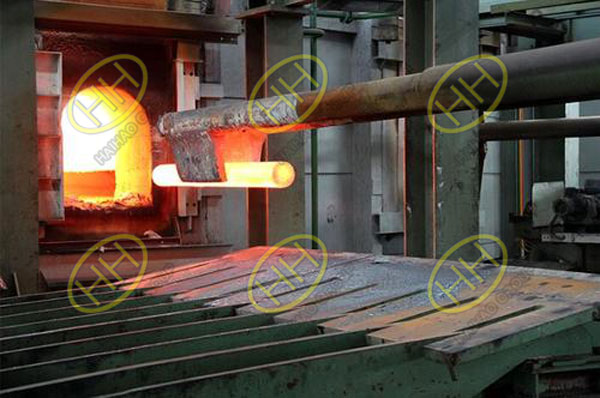Metal materials’ heat treatment can be divided into whole heat treatment,surface heat treatment and chemical heat treatment.Heat treatment of steel pipe generally adopts whole heat treatment.Generally through the heating, insulation, cooling and other basic processes, these processes are likely to produce defects. The heat treatment defects of steel tube mainly include the unqualified structure of steel tube, the size exceeding the standard and surface crack, abrasion, severe oxidation, de-carbonization, overheating and over burning.

Heat treatment for steel pipes
After heat treatment of steel tube, in some cases its size will change significantly, including the diameter of the steel tube, the degree of ellipse and the variation of the curvature. Generally occurs when the quenching process. The process of sizing is often added after tempering. The variation of the ellipse of the steel tube usually occurs at the end of the steel pipe, mainly because the tube end is “burnt down” due to the long time heating of the large diameter thin-walled tube.
In the process of heat treatment of steel tube, excessive temperature stress will cause surface crack of steel pipe. The surface crack of steel tube is mainly caused by heating speed or too fast cooling rate. When the high alloy thick wall tube is heated, if the heating furnace temperature is too high, the steel pipe enters into the stove to encounter the quick heating, it is easy to produce the big temperature stress, tends to crack. In order to reduce the heat treatment crack of the steel pipe, we should make different heating system according to the steel grade and choose the appropriate quenching medium. On the other hand, the quenched steel tube should be tempered or annealed as soon as possible to eliminate residual stress.







